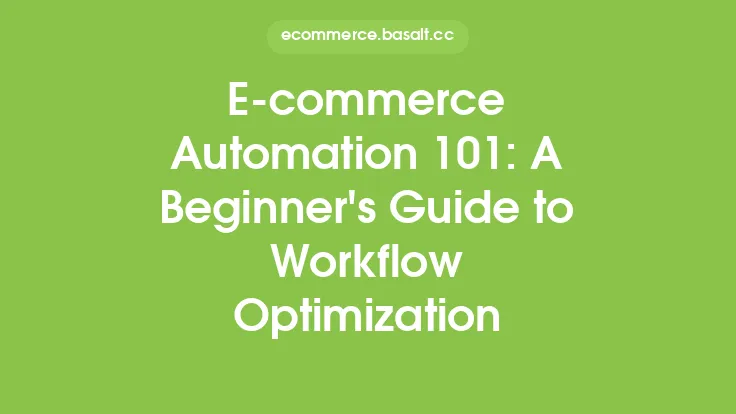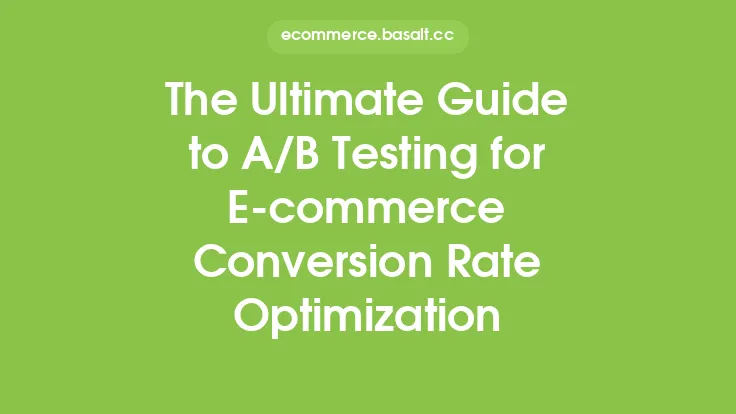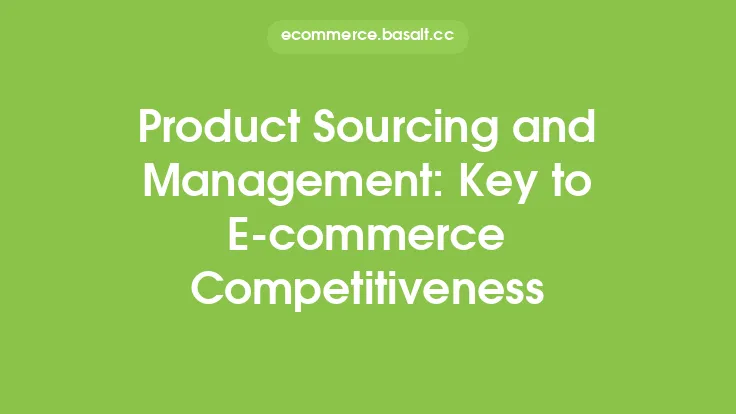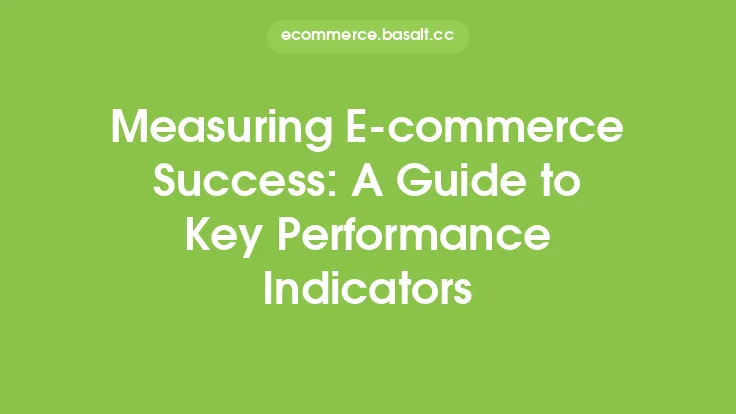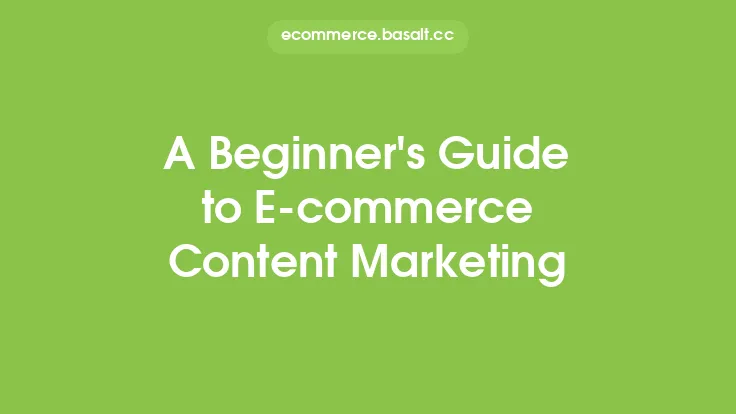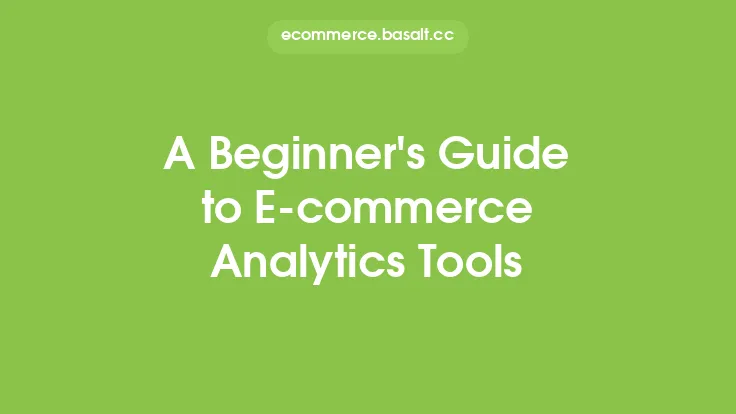Getting started with e-commerce product sourcing can be a daunting task, especially for those new to the world of online retail. With so many options available, it can be difficult to know where to begin. However, with a solid understanding of the fundamentals, you can set yourself up for success and build a thriving e-commerce business.
Understanding Product Sourcing
Product sourcing refers to the process of finding and acquiring products to sell on your e-commerce platform. This can involve working with suppliers, manufacturers, or other vendors to obtain the products you need. Effective product sourcing is critical to the success of your e-commerce business, as it allows you to offer high-quality products to your customers at competitive prices.
Types of Product Sourcing
There are several types of product sourcing, each with its own advantages and disadvantages. Some common types of product sourcing include:
- Direct sourcing: This involves working directly with manufacturers or suppliers to obtain products.
- Indirect sourcing: This involves working with intermediaries, such as wholesalers or distributors, to obtain products.
- Private labeling: This involves working with a manufacturer to create a custom product with your own branding.
- Dropshipping: This involves partnering with a supplier to ship products directly to your customers, without holding any inventory yourself.
Benefits of Effective Product Sourcing
Effective product sourcing can have a significant impact on the success of your e-commerce business. Some of the benefits of effective product sourcing include:
- Increased profit margins: By finding high-quality products at competitive prices, you can increase your profit margins and improve your bottom line.
- Improved customer satisfaction: By offering high-quality products, you can improve customer satisfaction and increase the likelihood of repeat business.
- Reduced risk: By working with reliable suppliers, you can reduce the risk of stockouts, delays, and other issues that can impact your business.
Key Considerations for Product Sourcing
When it comes to product sourcing, there are several key considerations to keep in mind. Some of the most important factors to consider include:
- Quality: The quality of the products you source is critical to the success of your e-commerce business. Look for products that are well-made and meet your quality standards.
- Price: The price of the products you source is also important. Look for products that are competitively priced, but also offer good value for the price.
- Reliability: The reliability of your suppliers is critical to the success of your e-commerce business. Look for suppliers who are reliable, trustworthy, and able to meet your needs.
- Shipping and logistics: The shipping and logistics of the products you source are also important. Look for suppliers who offer fast, reliable shipping and can meet your logistics needs.
Best Practices for Product Sourcing
To ensure the success of your e-commerce business, it's essential to follow best practices for product sourcing. Some of the most important best practices include:
- Researching potential suppliers thoroughly: Before working with a supplier, research them thoroughly to ensure they are reliable and trustworthy.
- Negotiating prices and terms: Don't be afraid to negotiate prices and terms with your suppliers. This can help you get the best possible deal and improve your profit margins.
- Monitoring product quality: Monitor the quality of the products you source closely, and address any issues promptly.
- Building relationships with suppliers: Building strong relationships with your suppliers can help you get the best possible prices and terms, and improve the overall success of your e-commerce business.
Common Product Sourcing Mistakes to Avoid
When it comes to product sourcing, there are several common mistakes to avoid. Some of the most important mistakes to avoid include:
- Not researching suppliers thoroughly: Failing to research suppliers thoroughly can lead to issues with quality, reliability, and trustworthiness.
- Not negotiating prices and terms: Failing to negotiate prices and terms can result in higher costs and lower profit margins.
- Not monitoring product quality: Failing to monitor product quality can result in customer dissatisfaction and damage to your reputation.
- Not building relationships with suppliers: Failing to build strong relationships with suppliers can result in higher costs, lower quality products, and reduced reliability.
Conclusion
E-commerce product sourcing is a critical component of any successful online retail business. By understanding the fundamentals of product sourcing, including the types of product sourcing, benefits, key considerations, best practices, and common mistakes to avoid, you can set yourself up for success and build a thriving e-commerce business. Remember to always research potential suppliers thoroughly, negotiate prices and terms, monitor product quality, and build strong relationships with your suppliers to ensure the success of your e-commerce business. With the right approach to product sourcing, you can offer high-quality products to your customers at competitive prices, improve customer satisfaction, and increase your profit margins.
